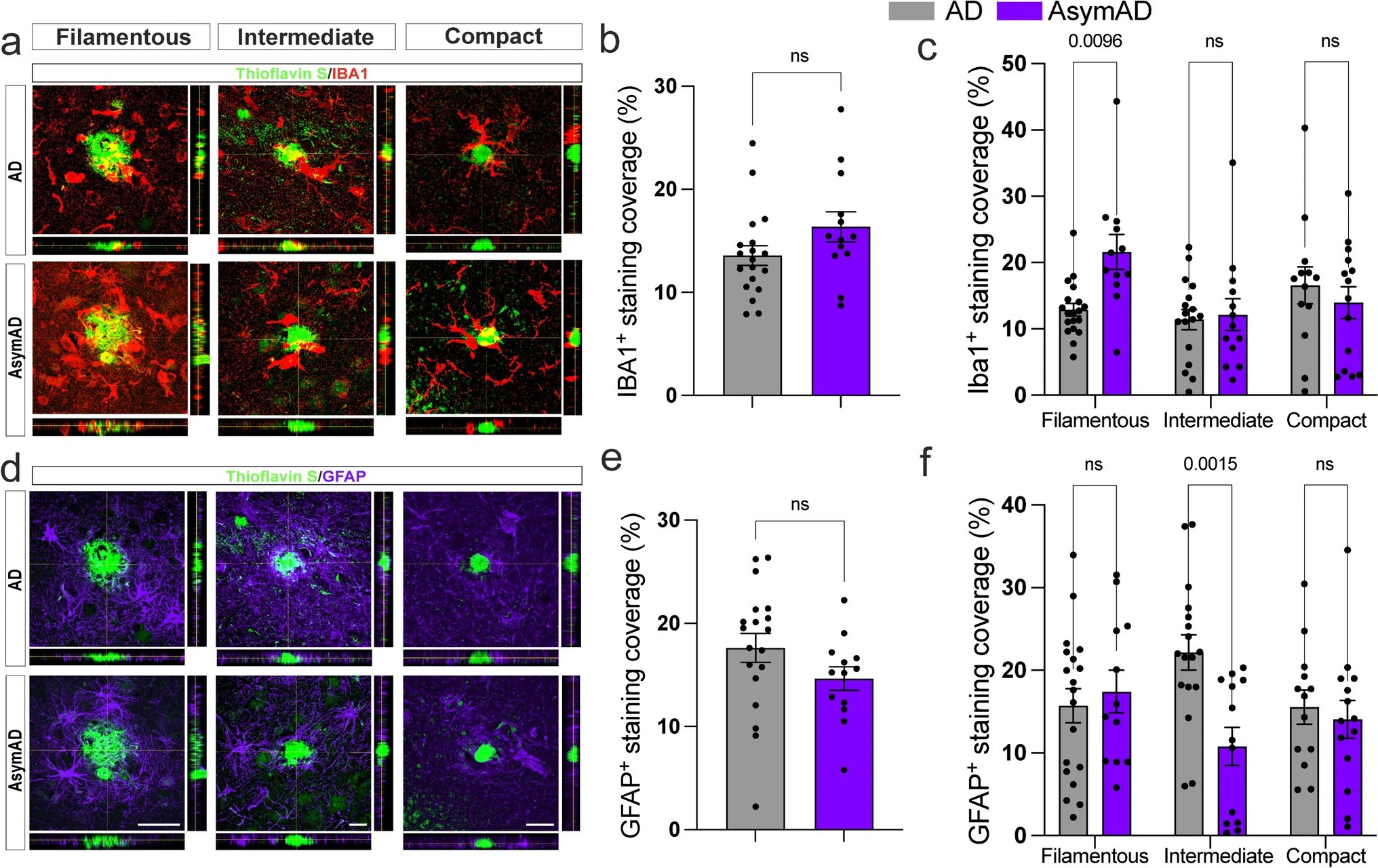
Researchers at Indiana University School of Medicine are examining the brains of individuals with asymptomatic Alzheimer’s disease who, despite having amyloid plaque and tau buildup—the primary indicators of Alzheimer’s—did not show diagnosable dementia symptoms while alive. They’ve identified crucial mechanisms that may safeguard against cognitive decline in Alzheimer’s disease.
The team of researchers in the Stark Neurosciences Research Institute at the IU School of Medicine, led by Nur Jury-Garfe, Ph.D., assistant research professor of anatomy, cell biology and physiology, and Cristian Lasagna-Reeves, Ph.D., associate professor of anatomy, cell biology and physiology, published their findings in Acta Neuropathologica.
Beta-amyloid plaques and tau tangles are toxic, abnormal clusters of proteins that interfere with normal brain function for people living with Alzheimer’s disease, causing memory loss, cognitive decline and even personality changes.
“Understanding the protective mechanisms in asymptomatic Alzheimer’s disease cases could shift the focus from solely exploring the detrimental aspects of Alzheimer’s disease pathology to investigating factors that promote resilience,” Jury-Garfe said.
In asymptomatic Alzheimer’s disease cases, microglia—the brain’s immune cells—are more abundant around amyloid plaques and display enhanced actin-based motility proteins, which drive cell and microglia movement. Microglia act as the first line of defense in the brain, “cleaning up” viruses, toxic materials and damaged neurons.
Jury-Garfe said actin-based motility proteins are like “tiny engines” that help microglia respond to damage caused by harmful proteins like amyloid plaques. In later stages of the disease, however, microglia can become less effective and even harmful for reasons not fully known.
“When motility proteins in microglia function well, they help cells quickly reach and surround plaques, potentially preventing further damage,” Jury-Garfe said. “This enhanced movement in asymptomatic cases may be crucial for protecting the brain and slowing the progression of Alzheimer’s disease symptoms. It’s like having a highly efficient cleaning team that can respond quickly, keeping things under control before they get worse.”
Additionally, Jury-Garfe said the team’s research revealed that tau seed capability was significantly reduced in asymptomatic Alzheimer’s disease brains, which was an unexpected finding from the research team. The tau seed is the species of the protein tau that propagates in the brain, moving from neuron to neuron, creating toxic soluble tau aggregates and producing neurodegeneration.
“Our study highlights the dual role of microglia in both contributing to and protecting against amyloid plaque toxicity and the formation of toxic soluble tau aggregates,” Jury-Garfe said. “By understanding how increased actin-based motility proteins support resilience in asymptomatic Alzheimer’s disease cases, we can potentially uncover therapeutic strategies to enhance microglial function and mitigate Alzheimer’s disease pathology.”
More information:
Nur Jury-Garfe et al, Enhanced microglial dynamics and a paucity of tau seeding in the amyloid plaque microenvironment contribute to cognitive resilience in Alzheimer’s disease, Acta Neuropathologica (2024). DOI: 10.1007/s00401-024-02775-1
Citation:
Key mechanisms in asymptomatic Alzheimer’s disease brains offer potential protection against cognitive decline (2024, October 3)
retrieved 6 October 2024
from https://medicalxpress.com/news/2024-10-key-mechanisms-asymptomatic-alzheimer-disease.html
This document is subject to copyright. Apart from any fair dealing for the purpose of private study or research, no
part may be reproduced without the written permission. The content is provided for information purposes only.

